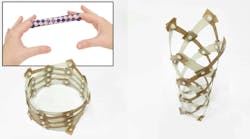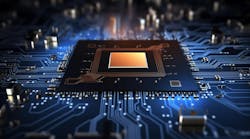This article is part of the RoHS and Critical Materials in our Series Library.
Electronics companies have experienced some chemical reactions in the past two decades. Many will recall the European RoHS Directive (Restriction of Hazardous Substances), which came into force in 2006, that resulted in the need for lead-free components, solder, and manufacturing processes. Changes in electromechanical parts were affected, too, by restrictions on other heavy metals cadmium, mercury, and hexavalent chromium. The same Directive also restricted two classes of flame retardants, PBB and PBDE (polybrominated biphenyls and polybrominated diphenyl ethers). These last two are organic compounds based on carbon, containing one of the halogen group of elements, bromine.
Jumping Through Hoops
For several decades now, substances containing halogens have come under scrutiny for various environmental and health effects. There’s quite a history not only for the halogen-containing RoHS substances, but others containing either bromine, chlorine, or fluorine. In all fairness, many of these substances do their jobs quite well as insulators, flame retardants, refrigerants, cleaning agents, and so on.
Halogen concerns have risen outside the realm of electronics, notably the use of the chlorinated pesticide, DDT, highlighted in Rachel Carson’s book Silent Spring (1962). In 1999, there was an incident where polychlorinated biphenyls and the even more toxic chlorinated dioxins were found in livestock feed in Belgium.
Back to the world of electronics, the Montreal Protocol in 1987 prohibited the use of chlorofluorocarbons used as cleaning agents and refrigerants. Various studies have also shown that improper incineration of discarded end-of-life electronics products could release extremely toxic dioxins to the atmosphere. Finally, the class of polychlorinated biphenyls, which were used widely in large transformers and capacitors, have been classified as one of what have notoriously become known as the “dirty dozen” Persistent Organic Pollutants. You get the picture.








